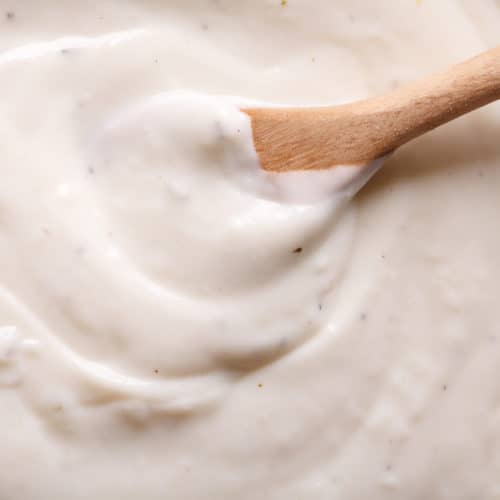
EVERY GOOD CHEESE SAUCE HAS A GREAT BECHAMEL BEHIND IT
Bechamel, a basic white sauce comprising roux, warm milk, and a clove-studded onion, is one of the five mother sauces codified as classic by nineteenth-century French chef Auguste Escoffier. It shares the honor of sauce motherhood with espagnole (a brown sauce), velouté (a veal sauce), hollandaise (an egg and lemon emulsion), and tomato.
To start a bechamel, you mix equal parts (by weight) butter and white flour in a saucepan over medium-low heat to make a roux. Warm milk is vigorously whisked in, and the mixture is simmered with a bay leaf and an onion stuck with three whole cloves until it thickens. Making bechamel is not terribly tricky, but it takes your full attention since it can burn quickly.
Like any good mother sauce, bechamel props up the daughter sauces that follow in her wake but take a slightly different route to develop their own personality. Bechamel turns into cream sauce when heavy cream is added. When sauteed onions are in the mix, it becomes soubise. Nantua is bechamel flavored with shellfish; traditionally crayfish shells were used, but nowadays its more likely to be shrimp shells. And mornay has gruyere and parmesan in play.
Americans most likely recognize something akin to mornay (a sauce that dates all the way back to the sixteenth century to which a French duke lent his name) as the binder in homemade macaroni and cheese. Mac and cheese sauce is most often made with yellow cheddar cheese and pumped up with the addition of mustard powder for umph and a pinch of cayenne for a nice warm finish.
But why stop there? With a basic formula for a solid bechamel and the right ratio of cheeses stirred in, a cook can tailor the sauce to perfectly match whatever carb, meat, or veg base you want it to ride upon.

The Perfect Cheese Sauce
Ingredients
- 3 tablespoons unsalted butter
- 3 tablespoons all-purpose unbleached flour
- 2 cups warm whole milk
- 1⁄2 medium onion peeled
- 3 whole cloves
- 1 bay leaf
- 1⁄4 teaspoon mustard powder Pinch cayenne pepper
- 1⁄4 cup freshly grated gruyère
- 1⁄4 cup freshly grated parmesan
Instructions
- In a small heavy saucepan over medium heat, melt butter but do not let it brown. Add flour and use a wooden spoon to quickly stir. Continue stirring until the roux slightly dries out and turns golden, about 2 minutes. Pour in 1⁄4 cup warm milk and stir vigorously to loosen up the thick flour mixture.
- Trade wooden spoon for a whisk and gradually add rest of the milk, whisking constantly to get a smooth mixture. Stud onion with cloves and add to sauce with bay leaf. Simmer until sauce reduces by 20 percent, about 10 minutes.
- Whisk in mustard powder and cayenne pepper. Slowly add cheese by sprinkling in a handful at a time, whisking mixture until it is smooth after each addition. Use sauce immediately or cool to room temperature before refrigerating in an airtight container.




